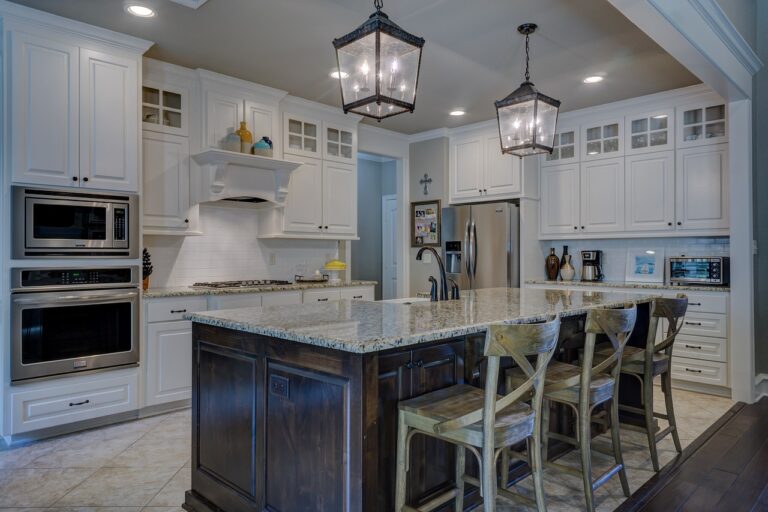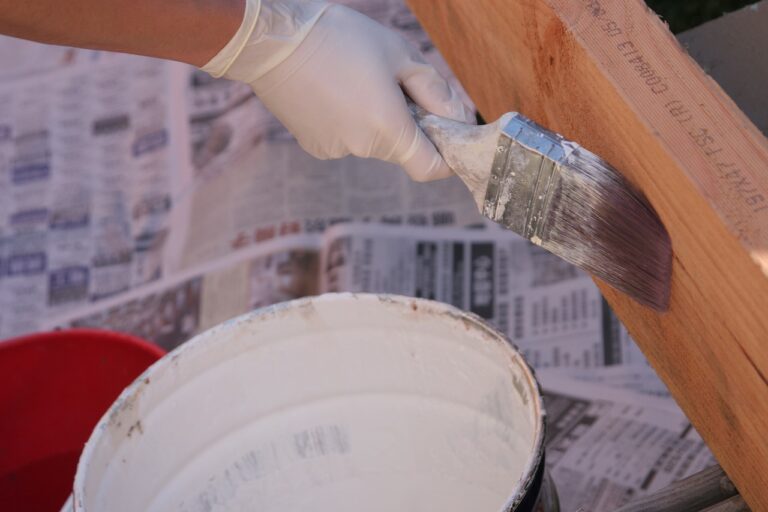Insulation and Home Weatherization: Sealing Leaks for Energy Savings
cricket 999.com login, 11xplay online, betbhai9 id:Insulation and Home Weatherization: Sealing Leaks for Energy Savings
As the temperatures drop outside, it’s essential to ensure that your home is properly insulated to keep you warm and cozy while also saving on energy costs. One of the most effective ways to do this is by sealing any leaks in your home that may be allowing warm air to escape and cold air to enter. By taking the time to properly insulate and weatherize your home, you can significantly reduce your energy bills and make your living space more comfortable. In this article, we will explore the importance of insulation and weatherization, as well as provide tips on how to seal leaks for optimal energy savings.
Why is Insulation Important?
Insulation is a crucial component of a well-maintained home, as it helps regulate the temperature inside your living space. Without proper insulation, your heating and cooling systems have to work harder to maintain a comfortable temperature, resulting in higher energy bills. Additionally, inadequate insulation can lead to drafts, uneven heating, and even moisture problems, which can damage your home over time.
By investing in insulation, you can create a more energy-efficient home that is comfortable year-round and reduces your carbon footprint. Insulation helps to trap heat inside during the winter and keep heat out during the summer, leading to lower energy consumption and savings on your utility bills.
Common Areas Where Leaks Occur
Before you start sealing leaks in your home, it’s essential to identify where these leaks may be occurring. Some common areas where leaks tend to occur include:
– Windows and doors: Check for gaps around windows and doors that may be letting in drafts.
– Attic: Inspect your attic for any gaps or holes where warm air may be escaping.
– Basement: Look for cracks or holes in your basement walls or floors that could be letting cold air in.
– Electrical outlets: Outlets and switches on exterior walls are notorious for letting in drafts.
– Chimney: Make sure your chimney is properly sealed to prevent heat loss.
– Floors: Check for gaps between floorboards or around baseboards that may be letting air in or out.
By identifying these common areas where leaks occur, you can effectively target your efforts to seal them and improve your home’s energy efficiency.
Tips for Sealing Leaks
Now that you’ve identified where leaks are occurring in your home, it’s time to start sealing them up. Here are some tips to help you effectively seal leaks and improve your home’s energy efficiency:
– Caulk: Use caulk to seal up gaps around windows, doors, and other areas where air may be escaping.
– Weatherstripping: Install weatherstripping around windows and doors to create a tight seal and prevent drafts.
– Insulation: Add insulation to your attic, basement, and walls to improve your home’s energy efficiency.
– Door sweeps: Install door sweeps on exterior doors to prevent drafts from coming in underneath.
– Outlet gaskets: Use outlet gaskets to seal up electrical outlets and switches on exterior walls.
– Chimney cap: Install a chimney cap to prevent heat loss through your chimney.
By taking these steps to seal leaks in your home, you can significantly improve your home’s energy efficiency and save on your utility bills.
FAQs
Q: How do I know if my home needs more insulation?
A: If you notice uneven heating or cooling in your home, drafts, or high energy bills, it may be time to add more insulation.
Q: Can I seal leaks in my home myself or should I hire a professional?
A: While some leaks can be sealed by homeowners, it’s often best to hire a professional to ensure that the job is done correctly and effectively.
Q: What type of insulation is best for my home?
A: The best type of insulation for your home depends on various factors, including your climate, budget, and insulation needs. It’s best to consult with an insulation professional to determine the right type of insulation for your home.
In conclusion, insulation and home weatherization are essential for creating an energy-efficient and comfortable living space. By taking the time to seal leaks in your home, you can reduce your energy bills and make your home more comfortable year-round. So, take the time to inspect your home for leaks, seal them up, and enjoy the benefits of a well-insulated living space.







